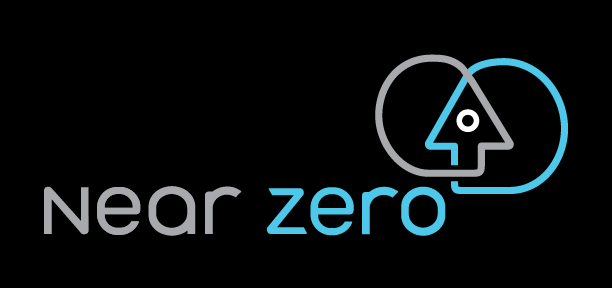Covering recent developments in Western grid management and the challenges associated with regionalization, E&E News spoke with Near Zero’s Danny Cullenward:
California and its neighbors could yet tiptoe around the sticky governance issues. Western grid talks have been propelled in large part in recent years by the success of CAISO’s voluntary energy imbalance market, or EIM.
The EIM essentially allows California to export surplus solar generation in the middle part of the day to neighboring states. PacifiCorp, a Portland, Ore.-based utility that serves Utah and Wyoming, is an original member of the EIM, and the market’s membership has swelled in recent years. The market now encompasses about 55 percent of the electricity load in the Western Interconnection. CAISO reckons the EIM has saved consumers some $330 million since its inception in late 2014.
Now, California is in the process of expanding its existing foray into interstate cooperation. CAISO is considering the addition of some day-ahead services to the EIM, allowing utilities to trade electricity in advance and offering reliability coordination services to other utilities in the West.
Those initiatives could further bind the region together.
“One of the benefits of going that route is you don’t have the governance issues that are tying folks up so much,” said Travis Ritchie, an attorney with the Sierra Club, which has been wary of regionalization. “Some of the states like Wyoming who are maybe a little nervous about it can dip their toes in without committing.”
Full regionalization isn’t “strictly necessary to do most of the things that people advocate for,” said Danny Cullenward, a research associate at the think tank Near Zero who has been studying the issue. “The notion that there’s one true path, I think, is deeply misguided.”
Read the full article, “Another Western grid plan bites the dust,” by Benjamin Storrow and Debra Kahn, on the E&E News website.
